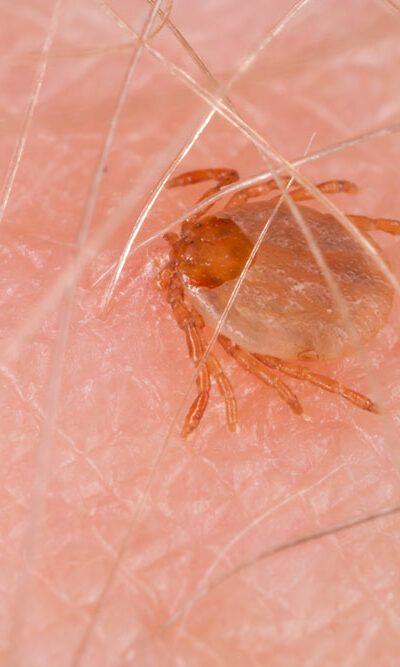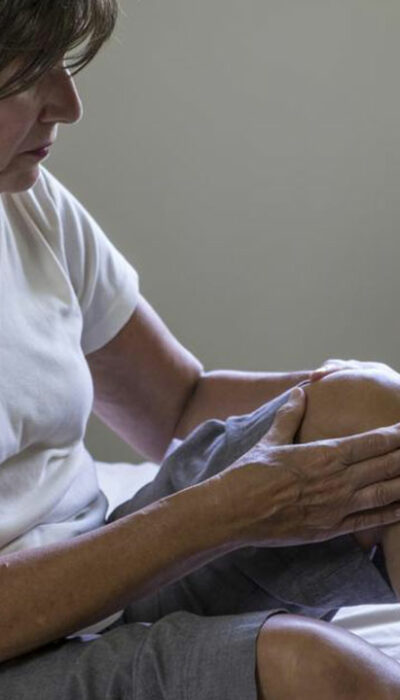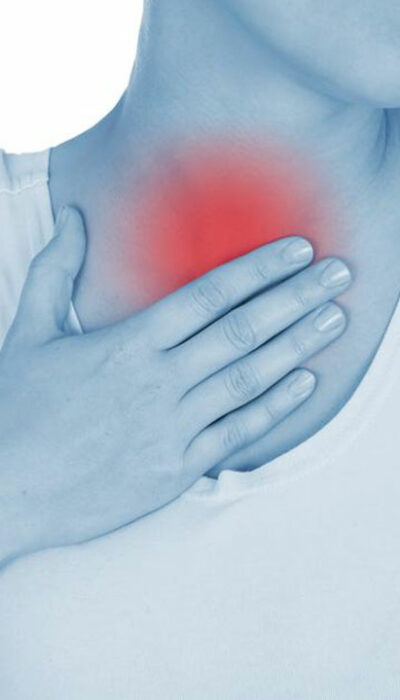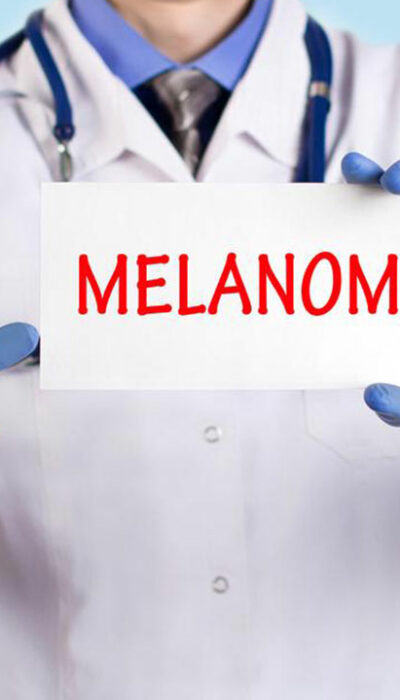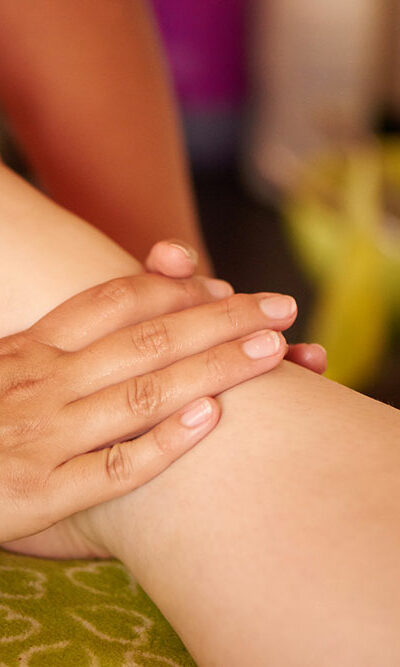
Causes and Treatment Options for Swollen Ankles
Swollen ankles are very common and not a cause for too much worry. They are painful at times but do not pose any serious threat. The main reason for swollen ankles or feet would be pressure on the legs. So, walking or standing for a long time may typically lead to swelling of the ankles. In most of the cases, swollen feet and ankles get better on their own. They go away in a short time with enough rest to the legs. But sometimes the swelling may remain for a long time. It may cause severe symptoms and lead to serious complications. Here we discuss the various causes and the treatment options for swollen ankles. Causes There are many causes of swollen ankles. It may occur due to an injury or any underlying medical conditions. Doctors tend to place importance on understanding the cause of swollen ankles before delving into different swollen ankles treatment options. So, understanding some of the causes is important. Some of the common causes of swollen ankles are: Pregnancy – Swollen ankles are very common during pregnancy. It may occur due to the increased weight or increased pressure on the legs. But sometimes, it may be a sign of preeclampsia. Preeclampsia is a pregnancy complication that needs immediate medical attention. Hot weather – When the weather is hot, the veins expand and sometimes cause poor blood flow. The fluids start collecting in the feet and ankles. This results in swelling of the ankles. Injury – This is one of the main causes of swollen ankles. When there is an injury, the blood rushes to that area. The sudden rush of blood causes the ankles to swell. Edema – It is a condition where tissues in the body trap the excess fluid. This results in swelling of the tissues near the feet and ankles.

